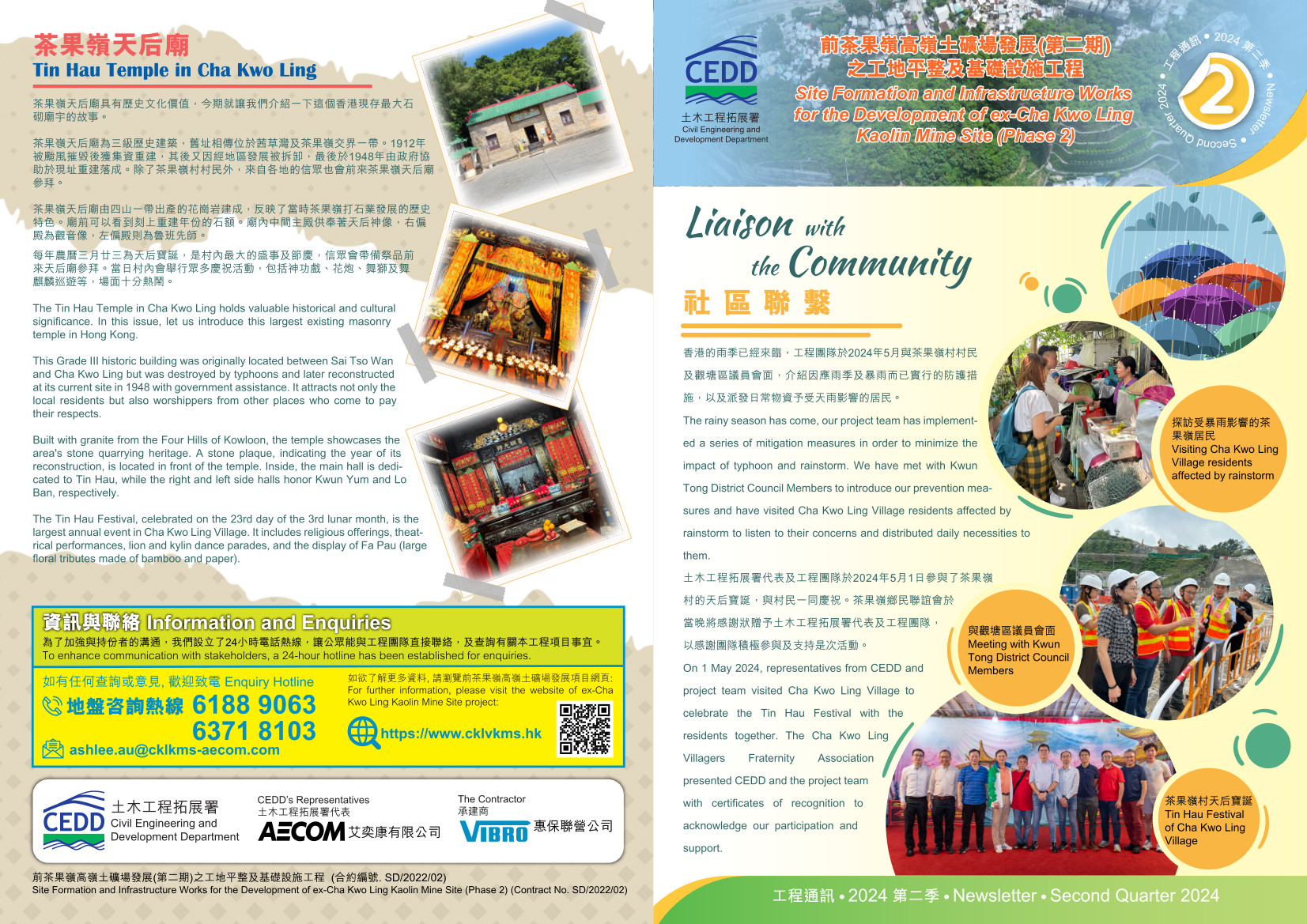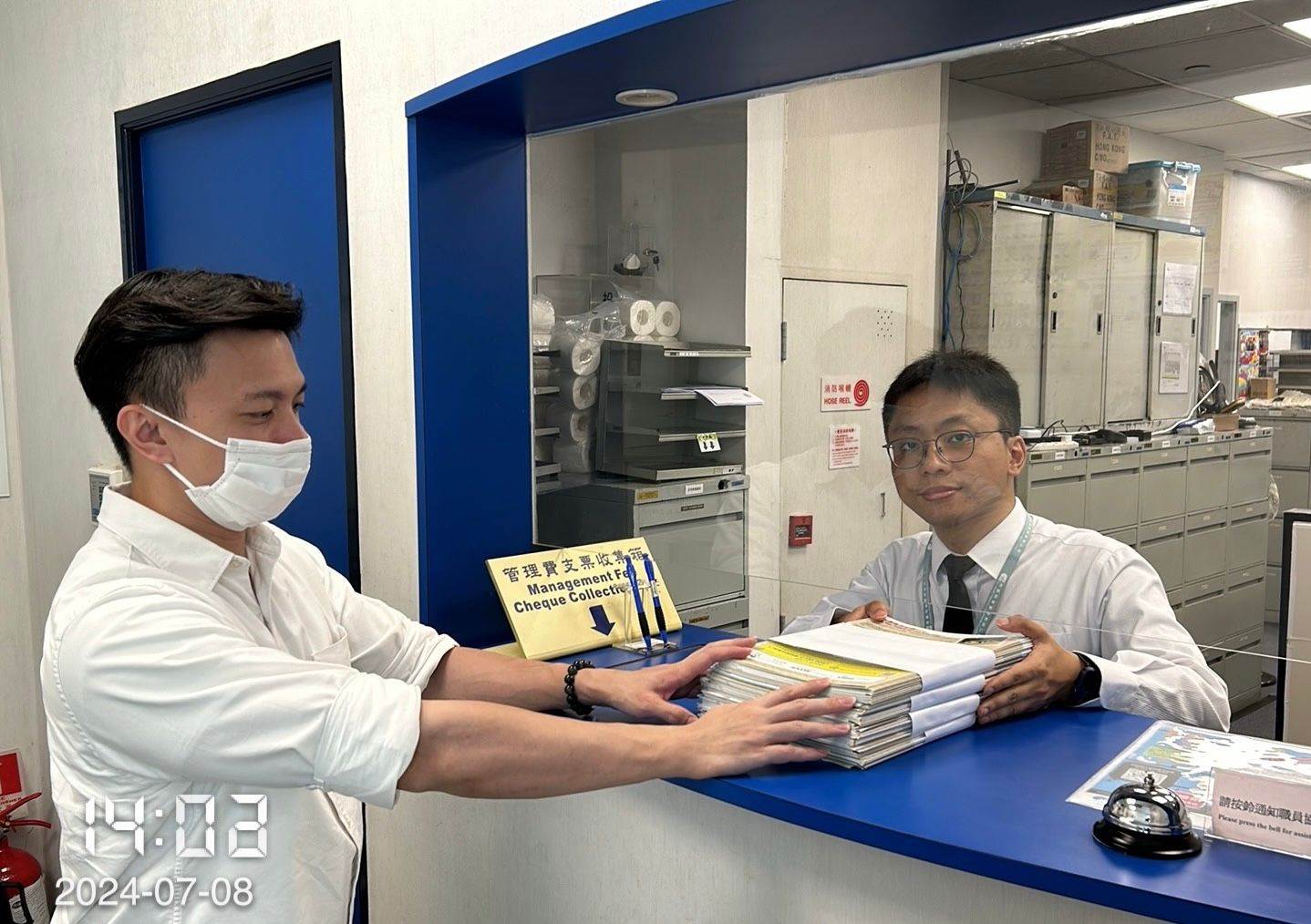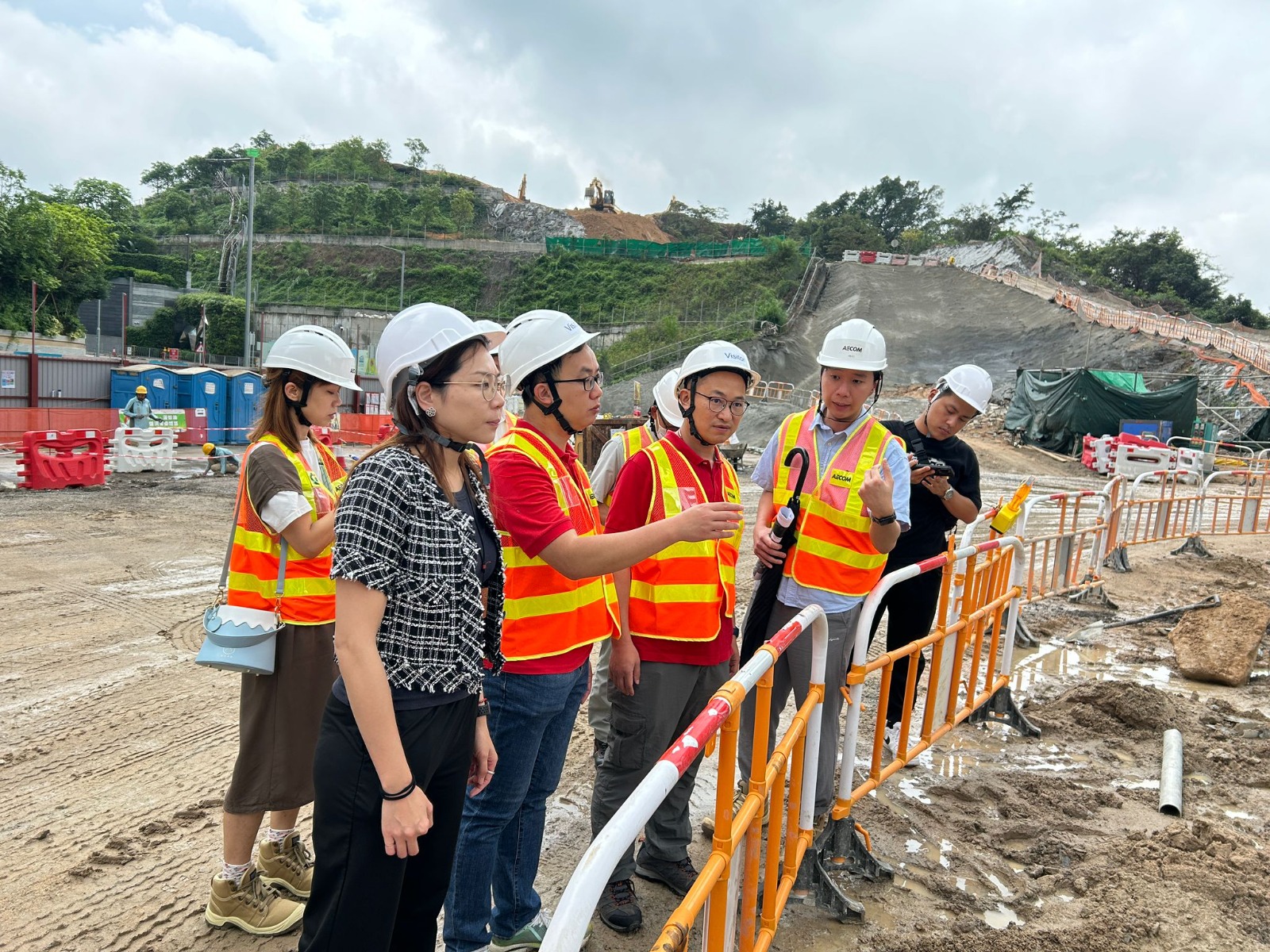Site Formation and Infrastructure Works for the Development
of ex-Cha Kwo Ling Kaolin Mine Site (Phase 2)
Project Details
The project includes site formation and infrastructure works for public housing development

31 July 2023
Background for the Project
In the Policy Address in year 2019, 2020 and 2021, the Hong Kong SAR Government has put forward the redevelopment of three urban squatter areas including Cha Kwo Ling into high-density public housing. In order to speed up the land resumption and build a new community centered on public housing, a development plan that includes site formation and ancillary infrastructure works will be needed.
The project will first begin with land study, detailed design, site formation and infrastructure work conducted by CEDD, and followed by public housing development to be conducted by related departments.
The works mainly comprise:
(a) site clearance and formation, as well as construction of related retaining walls and slopes;
(b) construction of a carriageway with associated footpaths to connect Ko Ling Road and the development of ex-Cha Kwo Ling Kaolin Mine Site (Phase 2), and associated improvement works for nearby roads; and
(c) associated ancillary works including drainage works, sewerage works, waterworks and roadside greening works.
About Kaolin Mine Site
Kaolin mite site operation began from 1903 to 1983; excavated kaolin was widely used in making ceramics locally as well as exports to Japan for the manufacture of high-grade porcelain ware, dinner sets and high voltage insulators. Cha Kwo Ling Village was also famous for granite bedrock; the former Legislative Council Building which was opened in 1912, houses, schools and Tin Hou Temple in Cha Kwo Ling Village, and the Sacred Heart Cathedral in Guangzhou are also made of granite mined from quarries at Cha Kwo Ling.
Where does the name ‘Cha Kwo Ling’ come from?
Cha Kwo Ling was the centre of administration in Kwun Tong area from Qing Dynasty to the early days of the Republic of China
Origin of the Name
Cha Kwo Ling was the centre of administration in Kwun Tong area from Qing Dynasty to the early days of the Republic of China. Abundant parasol leaf trees were found in the area, and the leaves of the tree are used in making the traditional Hakka snack ‘Cha Kwo’, hence the villages started to name the tree ‘Cha Kwo Tree’.
A Little History
According to the military map dated in 1922, Cha Kwo Ling was referred to ‘Rocky Hill’. The height of Cha Kwo Ling at that time was 497ft, which was two times higher than now. Cha Kwo Ling, Sai Tso Wan, Ngau Tau Kok and Lei Yue Mun, were collectively known as the Four Hills of Kowloon, and was famously known as stone quarrying sites excavating high quality granite and kaolin clay. After World War Two, the Four Hills become more prosperous and Cha Kwo Ling was chosen as site for construction of oil tanks by Asiatic Petroleum Company (South China) Limited in 1947; and there was also development of mine site by Hong Kong Clays and Kaolin Company. In 1955, an extensive reclamation development started to take place and has since then speeded up the industrialization of Cha Kwo Ling and its adjacent area.
Site Formation and Infrastructure Works for the Development
of ex-Cha Kwo Ling Kaolin Mine Site








